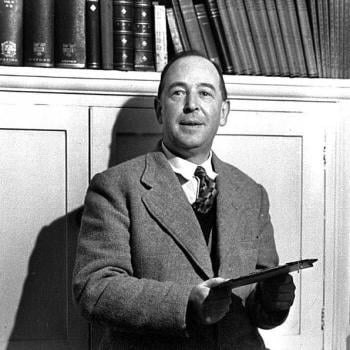The question at issue was whether an Italian law requiring the placing of crucifixes in public classrooms violates a clause of the European Convention On Human Rights that recognizes “the right of parents to ensure … education and teaching in conformity with their own religious and philosophical convictions.” Reversing the judgment of a lower chamber, the Grand Chamber by a vote of 15-2 answered no, it doesn’t.
Why not? First, because the crucifix is really not a religious symbol. (Who knew?) This counterintuitive conclusion is supported by three arguments, one plausible but flawed; one bizarre; and one beside the point.
The plausible but flawed argument is that in the long history of Italy, the crucifix has become a “historical and cultural” symbol that now possesses an “identity-linked” rather than an exclusively religious value. Furthermore, in its “identity-linking” guise, the crucifix stands for “the liberty and freedom of every person, the declaration of the right of man, and ultimately the modern secular state.”
That’s a little fast and claims too much. It may be the case that over the centuries the crucifix has become allied with secular values in the sense that the religion it represents no longer sets itself against them; but that doesn’t mean that the crucifix, especially when installed by law in state-administered classrooms, is no longer a Christian symbol and the bearer of a distinctly Christian message (salvation is by Christ and through the Church) non-believers might find uncomfortable and pressuring.
The Grand Chamber majority, however, takes care of that point in a way that is truly breathtaking. On top of declaring that the crucifix is not, or is not exclusively, a Christian symbol, it explains, in the course of rehearsing the holding of the Administrative Court, that Christianity is not really a religion (this is the bizarre argument), if by religion is meant a set of doctrinal tenets that the religionist is required to believe in and hearken to. To be sure, the majority acknowledges, that is the way religion is usually understood: “The logical mechanism of exclusion of the unbeliever is inherent in any religious conviction.” But not in Christianity, said to be the “sole exception” because at the heart of it is the idea of charity, glossed as “respect for one’s fellow human beings.”
This respect or tolerance overrides any specifically religious doctrine, however central or basic. “In Christianity even the faith in an omniscient god is secondary in relation to charity” (again, who knew?); and because this is so, Christianity can not properly be understood as excluding anyone from its protection or its precincts. Therefore, the crucifix (the chain of reasoning is reaching its destination) is everyone’s symbol, says “welcome” to everyone, for it is “the universal sign of the acceptance of and respect for every human being as such.” Therefore, having crucifixes in the classroom is perfectly O.K. and should distress no one: “… beyond its religious meaning, the crucifix symbolized the principles and values which formed the foundation of democracy and western civilization, and…its presence in classrooms was justifiable on that account.”
What we have here is a union of bad argument and bad theology. As a Christian virtue, charity presupposes the God it is said by the majority to transcend. God commands us to love him and love our neighbors for his sake; it is as fallible creatures and not as free-standing liberal individuals that we are the recipients and givers of charity. Respect for one’s fellow human beings as an abstract thing has nothing to do with it; belief in the power and benevolence of a savior who paid the price of man’s sins has everything to do with it. The situation with respect to salvation of those who do not acknowledge and depend upon this benevolence, who are not born again, has always been a matter of debate in Christian theology and remains so today. Generous though it may be in many respects, Christianity is hard-edged at its doctrinal center and that center is what the crucifix speaks.
No it doesn’t, says the majority in another argument, the beside-the-point one. It is a theoretical argument: as a symbol, the crucifix “may have various meanings and serve various purposes” and “could be interpreted differently from one person to another.” Yes, but the general availability of symbols to interpretation says nothing about the interpretation a particular symbol is likely to receive in a particular situation. The question is not what can a crucifix possibly mean in all the settings the world might offer, but what does it in mean in this setting, hanging on the wall of every classroom with a state imprimatur? What is a non-Christian student likely to think — “Aha, a symbol of pluralism and universal acceptance” or “I get it; this is a Catholic space and I’m here on sufferance?” Courts are supposed to apply legal principles to disputed matters of fact, not bypass the dispute (and the law) by invoking a theory of language.
HT: FWS










